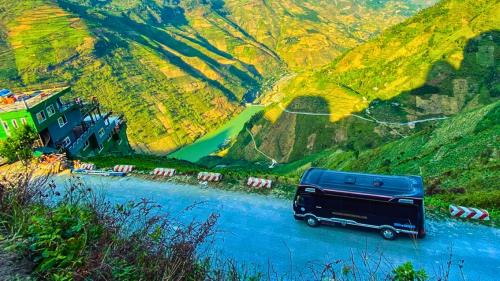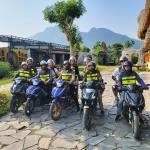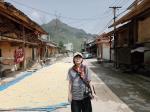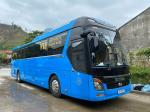Planning to take on the stunning Cao Bang Loop in Northern Vietnam? One of the most common concerns among travelers is: “Is petrol easy to find on the Cao Bang Loop?” The answer is yes, with a few precautions. While the region is less developed than the Ha Giang Loop or other tourist circuits, petrol stations are available — but not always in obvious places.
In this guide, we’ll break down everything you need to know about refueling during your adventure, including petrol availability, where to find stations, what types of fuel are common, and smart tips for a smooth trip.
To ensure the best experience for your trip, you can choose one of the tour packages offered by Thelooptours for excellent service. Please call: +84329196074.
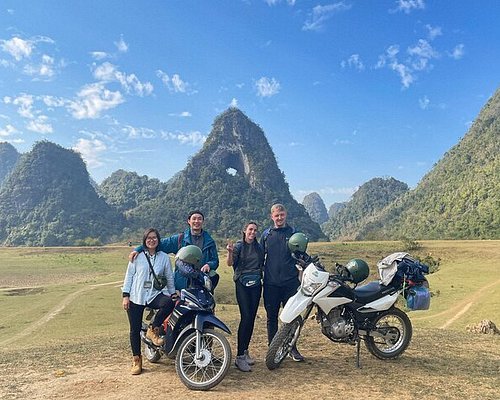
Recommended Tours for You:
What Is the Cao Bang Loop?
Before diving into the fuel situation, let’s briefly understand the route.
The Cao Bang Loop is a scenic motorbike or car route starting and ending in Cao Bang City. It usually includes key attractions such as:
-
Ban Gioc Waterfall
-
Nguom Ngao Cave
-
Thang Hen Lake
-
Pac Bo Historical Site
-
Me Pia Pass
-
Ethnic villages in Bao Lac, Tra Linh, and Trung Khanh
The full loop covers around 300–400 kilometers, depending on the route you take, and usually spans 3–5 days.
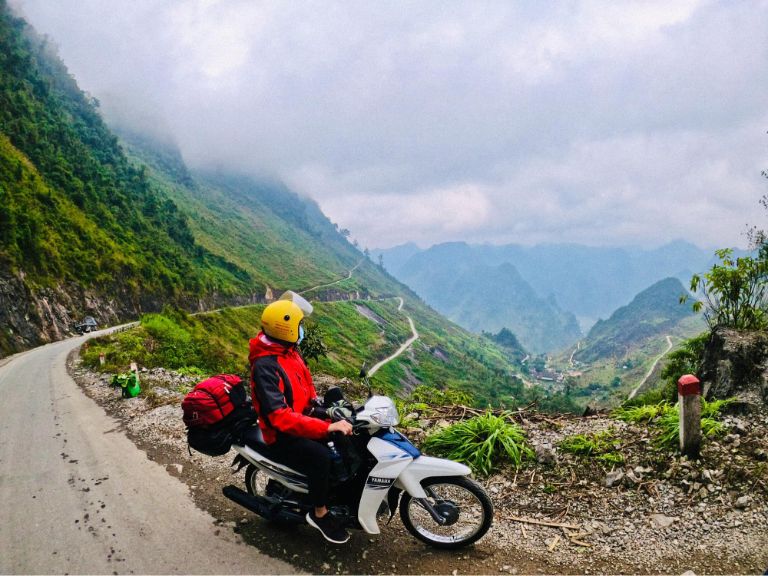
Is Petrol Easy to Find on the Cao Bang Loop?
Short Answer: Yes, but you need to plan ahead.
While petrol is available in all major towns and some villages, there are long stretches of remote mountain roads where stations are rare or non-existent. You won’t be stranded if you're prepared, but spontaneous travelers could find themselves running low on fuel between stops.
Key Locations with Petrol Stations:
You can reliably find petrol in these towns and cities:
-
Cao Bang City – Multiple large petrol stations
-
Quang Uyen – On the way to Ban Gioc Waterfall
-
Trung Khanh – A major stop near Ban Gioc
-
Tra Linh – Near Thang Hen Lake
-
Bao Lac Town – Western part of the loop
-
Nguyen Binh – Optional route stop
In remote areas between these points, petrol is sometimes sold in plastic bottles at local grocery shops or roadside stalls — especially in ethnic villages.
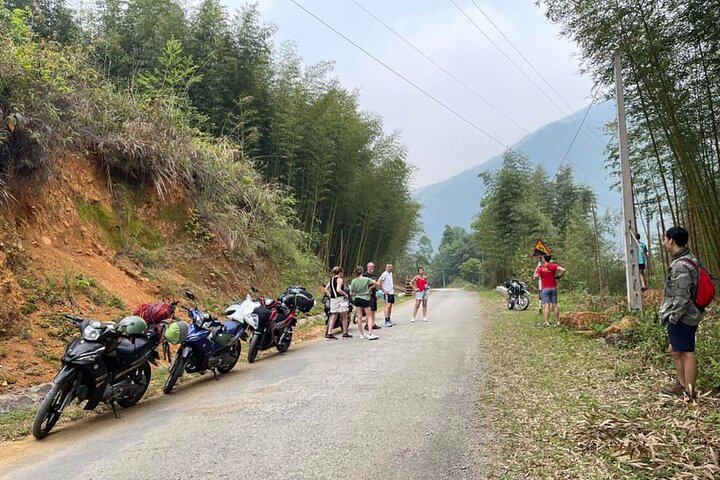
Types of Petrol Available
The most common fuel type in Vietnam is:
-
RON 95 (Premium Unleaded)
-
RON 92 (Regular Unleaded) – becoming less common
Most rental motorbikes and scooters use RON 95, but it’s good to ask the rental company before starting your trip.
Be cautious when buying petrol in bottles — while often safe, it might be of lower quality or mixed. Use it only when no other options are available.
How Often Should You Refuel?
To avoid stress, follow the golden rule:
Refuel whenever your tank is below half, especially before leaving a major town.
Even if your fuel gauge shows plenty, top up before heading into mountainous or sparsely populated areas. On average, motorbikes can cover 100–150 km per full tank, depending on fuel capacity and terrain.
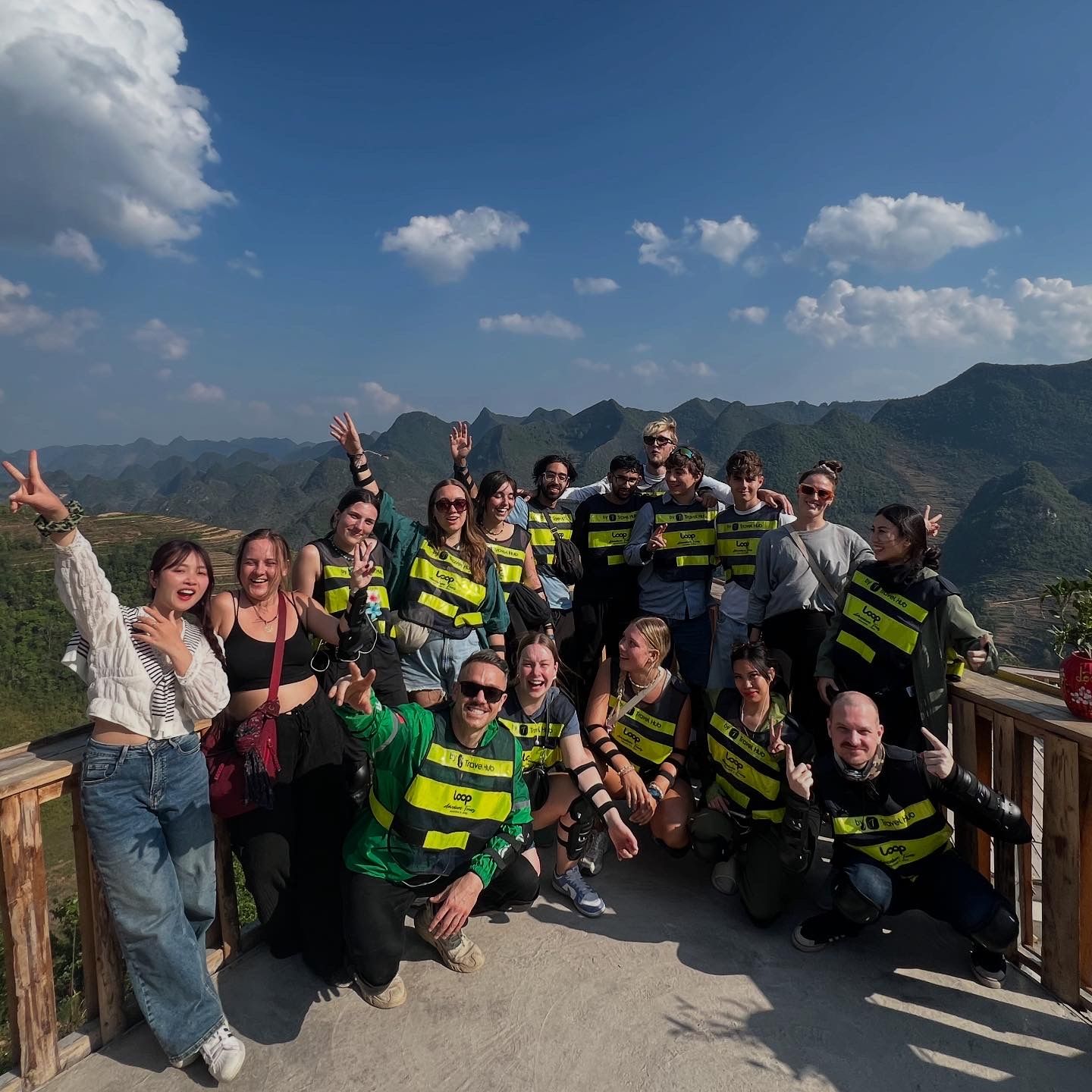
Fuel Tips:
-
Most motorbikes have tanks around 4–6 liters
-
Refueling costs around 30,000–40,000 VND per liter
-
A full tank typically costs 120,000–180,000 VND ($5–7 USD)
Local Insight: Where to Look for Petrol If There’s No Station
In remote parts of the Cao Bang Loop, if you can’t find an official petrol station, try these:
-
Grocery shops (tạp hóa) with bottles of fuel outside
-
Ask locals: “Ở đây có xăng không?” (Is there petrol here?)
-
Look for signs saying “Bán xăng” (Petrol for sale)
Locals are usually helpful and used to assisting travelers. However, always double-check that the fuel looks clean and isn’t diluted.
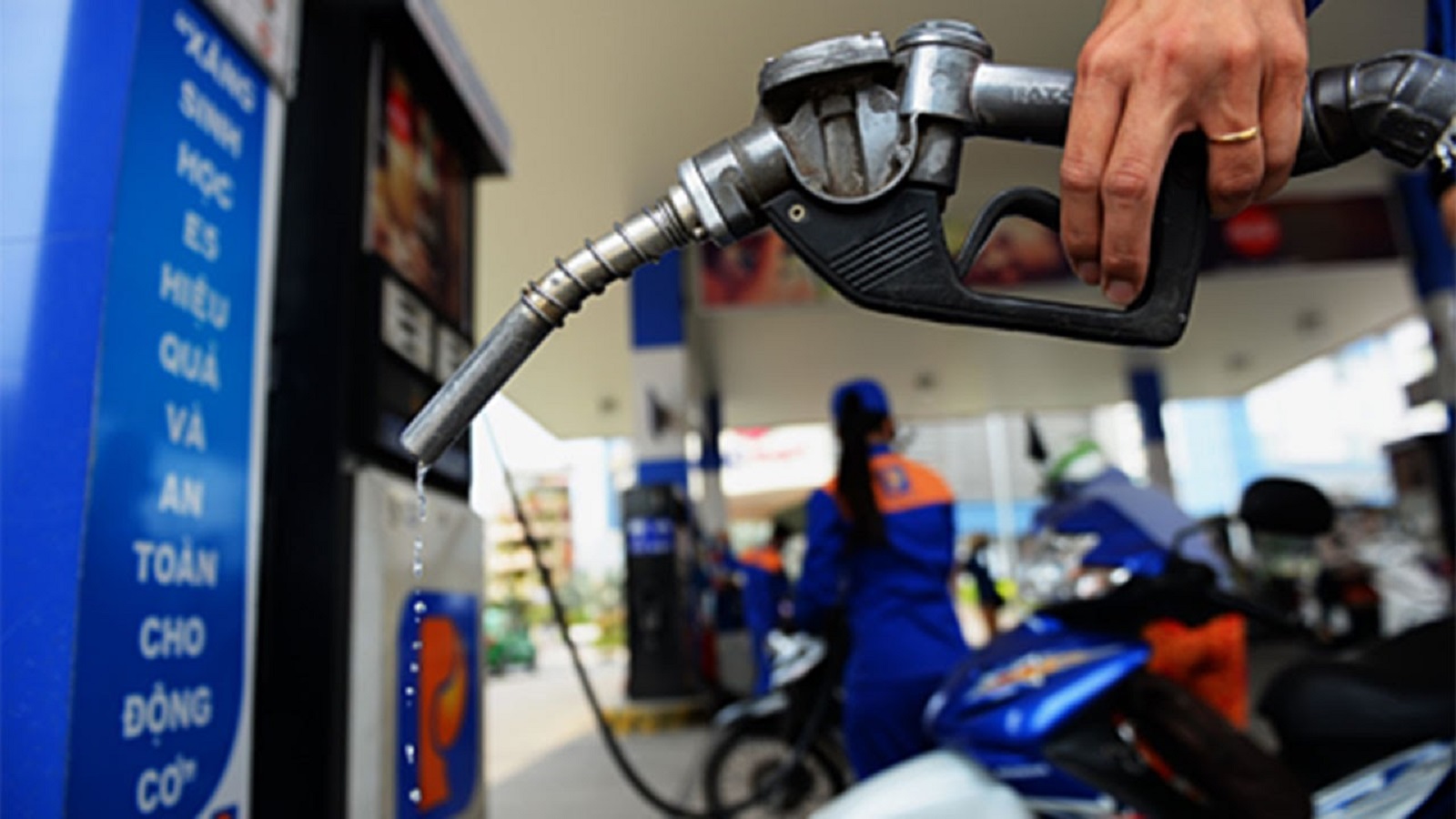
What Happens If You Run Out of Fuel?
In the worst-case scenario, don’t panic. Here’s what to do:
-
Flag down a local or passing bike. Locals may carry spare fuel or guide you to the nearest source.
-
Walk back to the nearest village or shop — locals often sell petrol in small quantities.
-
If you have phone signal, call your rental company (many have emergency support numbers).
Running out of petrol is rare if you plan well, but it’s wise to carry a small 1-liter reserve bottle just in case.
Should You Bring a Spare Fuel Bottle?
It’s recommended — especially if:
-
You’re doing the loop solo
-
You plan to take detours or hike remote trails
-
You don’t speak much Vietnamese
Many shops in Hanoi or Cao Bang sell motorbike fuel containers specifically for travelers.
Renting a Bike: What to Ask
When renting a motorbike for the Cao Bang Loop, ask the provider:
-
What type of fuel does the bike use?
-
What is the average fuel range?
-
Do you provide a spare bottle or reserve tank?
-
What’s your emergency number if I break down?
A good rental shop will equip you with a well-maintained bike, a full tank, and clear instructions about petrol.
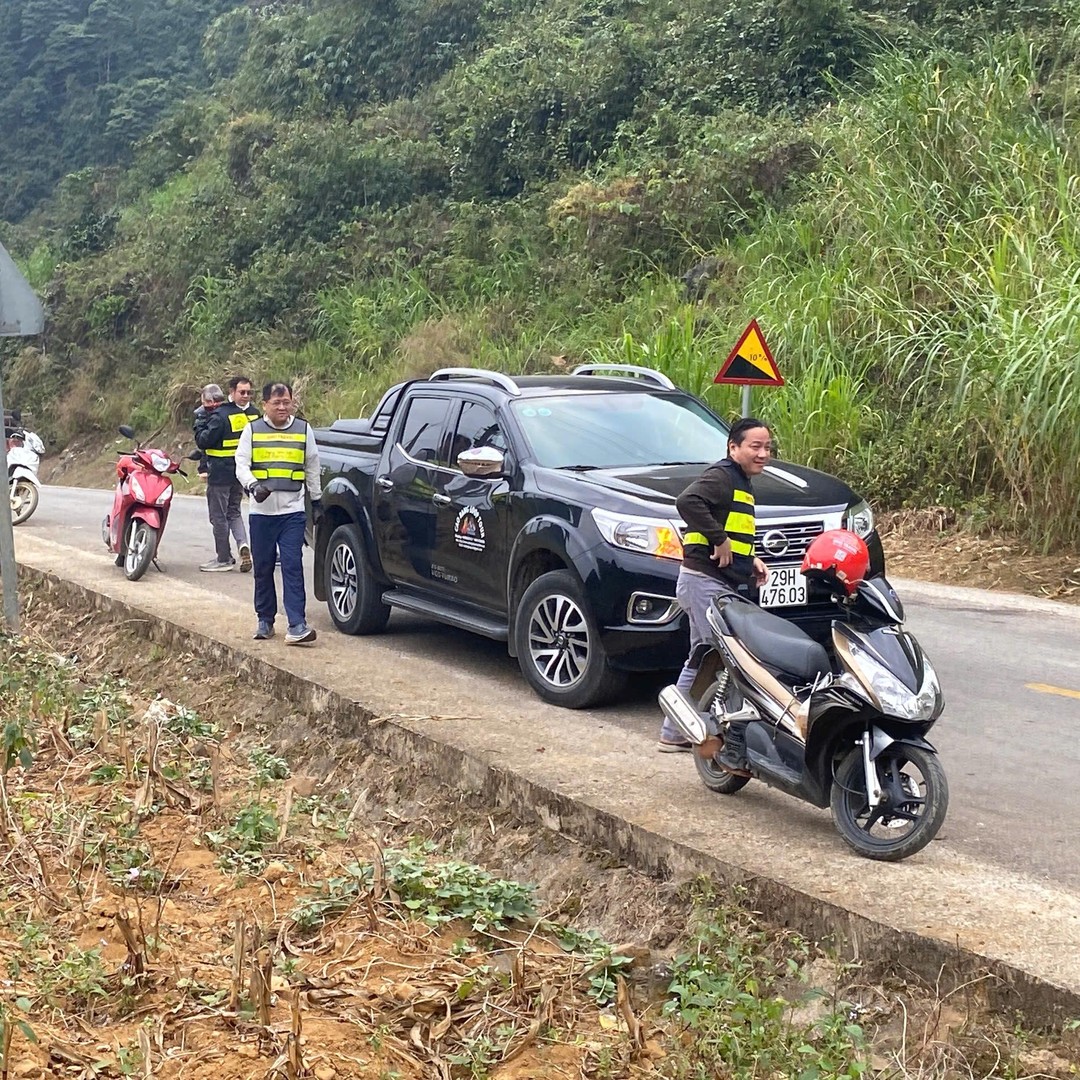
Conclusion: Petrol Is Easy to Find — If You Plan Ahead
So, is petrol easy to find on the Cao Bang Loop? Yes — as long as you follow some basic planning:
-
Always refill before leaving towns
-
Use bottled fuel only as a backup
-
Carry a reserve bottle if possible
-
Use offline maps and ask locals when in doubt
The loop is safe, scenic, and rewarding, and with smart fuel planning, you’ll avoid any hiccups. Don’t let petrol worries hold you back — get ready for an incredible adventure through one of Vietnam’s most underrated regions.
Safe travels and enjoy your Cao Bang Loop journey!



